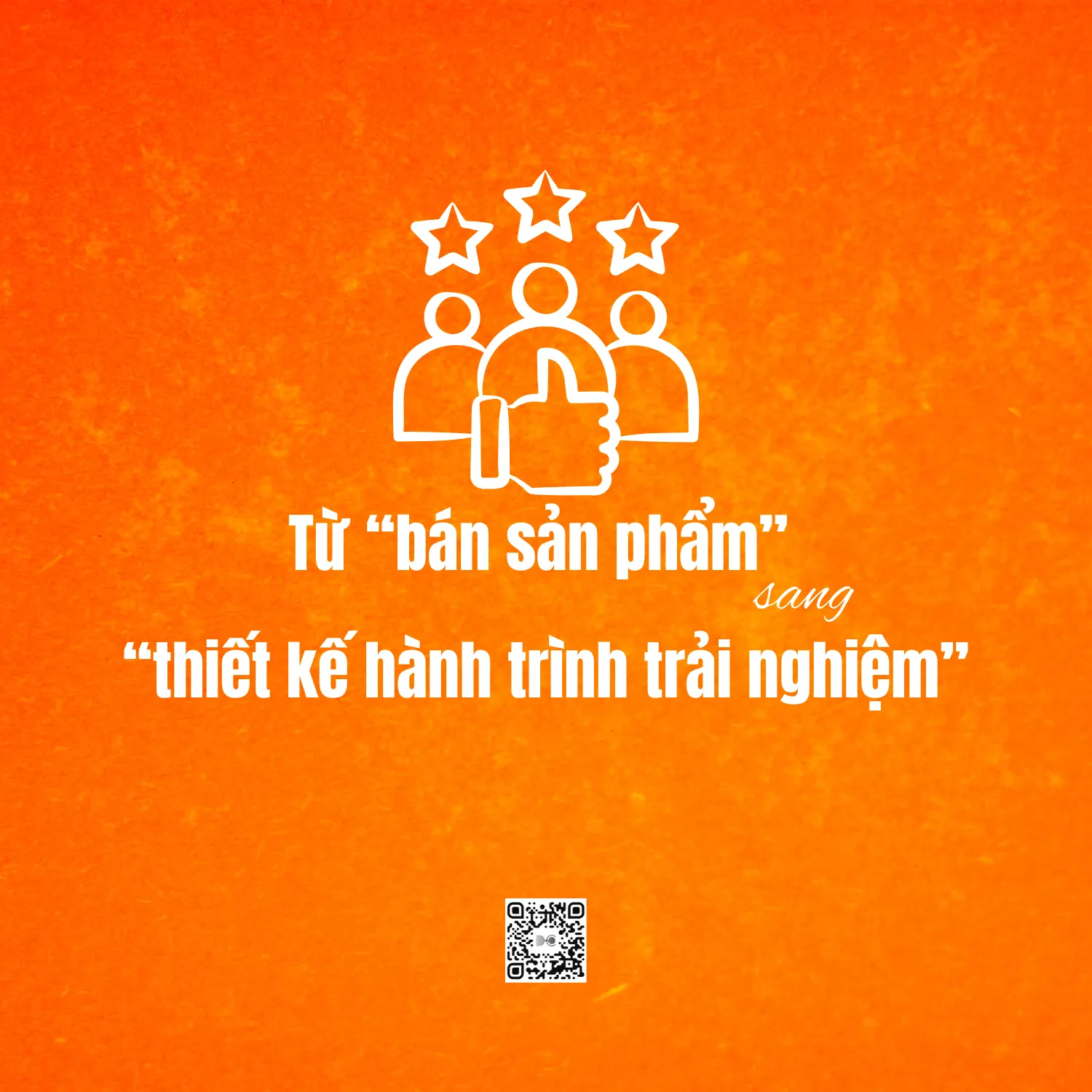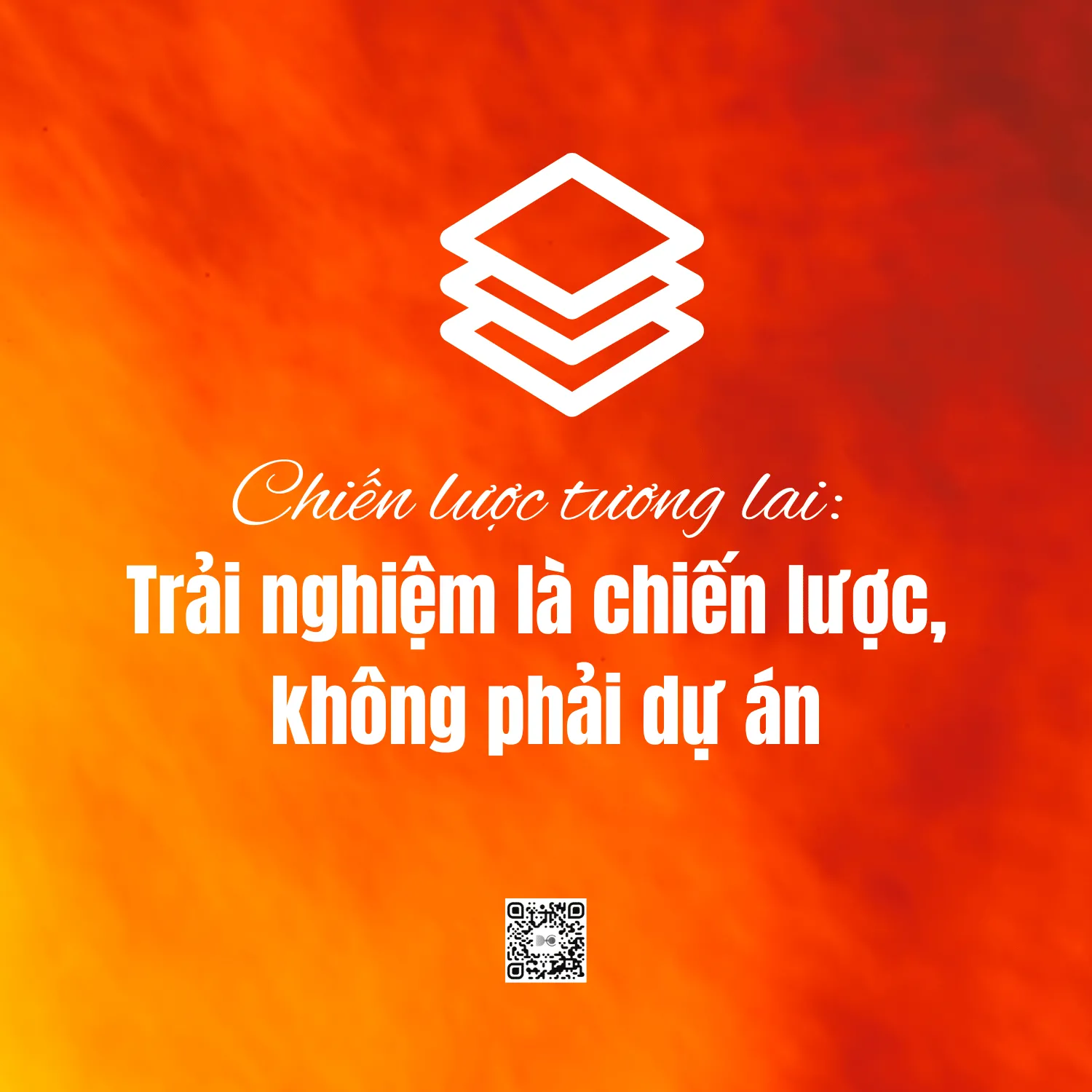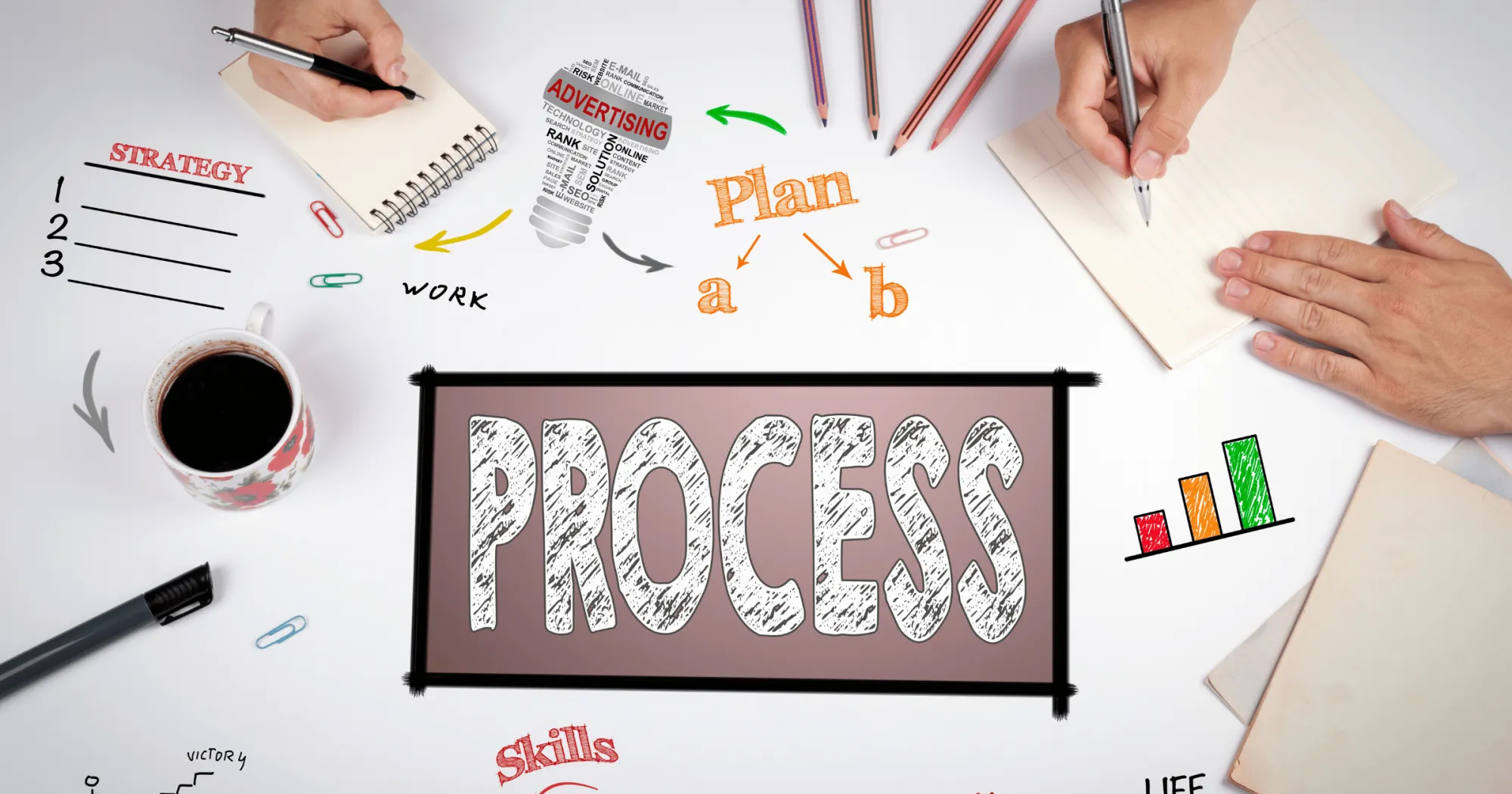Redefined: Strategy as “The ability to design memorable experiences, not just good products.” In an age where every product can be copied in a matter of months, competitive value is no longer about “quality” – it’s about “experience.” Consumers today don’t buy products for their features, but for how they make them feel. The shift from “product strategy” to “experience strategy” is how businesses redefine value, as AI, data, and automation reimagine the entire customer journey.
When the product is no longer enough to differentiate
Once upon a time, business strategy revolved around who could make a product better, faster, cheaper. But today, the market is so flat that any successful formula can be copied almost instantly. A good phone can appear from anywhere; a good coffee brand can pop up on every street.

What cannot be replicated is the customer experience – how they are listened to, served, accompanied.
The product may be the same, but the feeling is different. And that feeling is the new frontier of strategy.
Modern strategy therefore no longer asks “what do we make?”, but “how do customers feel when interacting with us?”.
It is no longer a story of marketing or design, but a business-level strategy – from operational structure to leadership thinking.
From “selling products” to “designing the experience journey”
In the digital age, customers no longer approach brands through a single touchpoint. They meet you on social media, learn through videos, read reviews, receive messages, place orders, get delivered, and are cared for – and each touchpoint contributes to the experience.
While product strategy focuses only on “physical quality”, experience strategy requires emotional quality at every stage.
That is why big brands do not just sell, but design emotional journeys.

For example, Apple doesn’t sell phones, they sell the experience of “feeling smarter and more creative when using an iPhone”.
Starbucks doesn’t sell coffee, they sell the feeling of “belonging to a community”.
And Airbnb doesn’t sell rooms, they sell “real local experiences”.
In Vietnam, brands that have started to shift from products to experiences – like Biti’s with its “Go to return” strategy, or PNJ with its customer journey of “pride – luxury – intimacy” – have proven that experience is the new form of value.
Experience Strategy in the Age of AI and Data
Experience is no longer a matter of intuition. In the age of data, it can be measured, personalized, and optimized in real time.
AI helps businesses understand customers more deeply than ever before – not just who they are, but how they feel.
A modern experience strategy system has three layers:
- Behavioral data: knowing what customers are doing, where they are, what they are buying.
- Emotional data: knowing what they like, dislike, are angry or happy.
- Predictive data: knowing what they will want next.

The successful businesses of 2023–2025 will be those that use data to design emotions.
For example, a retail brand can personalize the shopping journey – when a customer enters the store, the app suggests products based on history, the staff is assisted by AI to greet them by name, and offers the right incentives.
What customers remember is not “discounts”, but the feeling of “being understood”.
Experience cannot be delegated – it is a CEO-level strategy
Many Vietnamese businesses still mistakenly think that “customer experience” is the job of the customer service or marketing department. In fact, experience is the result of the entire system – from production, logistics, human resources, to internal culture.
A happy delivery staff can create a better experience than a million-dollar advertising campaign.
A quick response email can retain customers better than any discount program.

Therefore, experience strategy does not reside in the communications department, but must start in the strategy room – where CEOs and leaders redesign how the organization “touches” customers.
If product strategy asks “how to optimize costs?”, experience strategy asks “how to optimize emotions?”.
The gap between Vietnamese products and global products – lessons from emotional experiences
Vietnamese consumers are often not loyal to domestic brands, not because the products are bad, but because the experience is inconsistent.
A domestic brand can produce a product of equivalent quality, but if customers have to call 3 times to get support, if the packaging is sketchy, or the online-offline experience is disjointed, they will lose points immediately.

Global brands, on the other hand, understand that “experience is a promise delivered consistently.”
You can walk into any Uniqlo store in the world and still feel the sense of peace, respect, bright spaces, and clear processes.
That feeling is the strategy.
So the lesson is not “how to have products as good as theirs,” but “how to make customers feel confident and comfortable using their products.”
Experience is an asset that cannot be copied
A competitor can copy your packaging, your price, even your product formula – but they can’t copy how your customers feel about you.
Experience is built through thousands of small details, through the behavior of each employee, each click, each message sent.
It is the sum of process – technology – people – emotions.

That’s why in the age of automation, experience strategies need the human element more than ever.
AI can make suggestions, but only humans can make customers feel “valued”.
And when emotions become values, businesses are no longer selling – they are building positive memories in the minds of customers.
Future Strategy: Experience is a Strategy, Not a Project
When businesses understand that experience is not a “short-term campaign” but a long-term mindset, they will start designing every process around customer emotions.
From hiring employees with a service mindset, to building a feedback data system, to measuring the “Customer Emotion Index” in parallel with financial KPIs.
Experiential strategy doesn’t just increase sales – it creates a lasting and human relationship between businesses and users. It’s the foundation of every major brand – from Apple, Toyota to Netflix – and is the inevitable direction for Vietnamese businesses if they want to go global.












